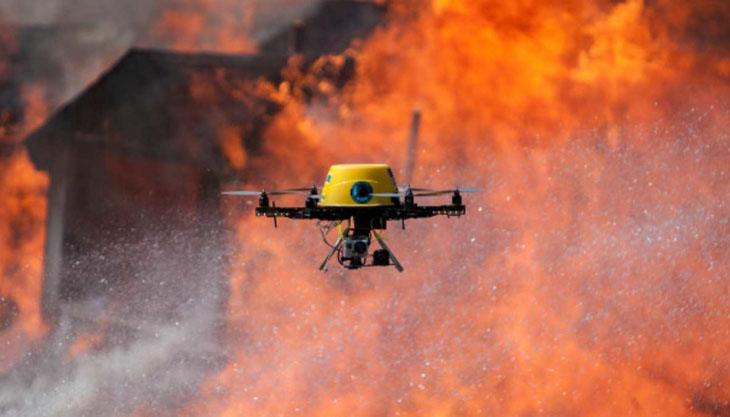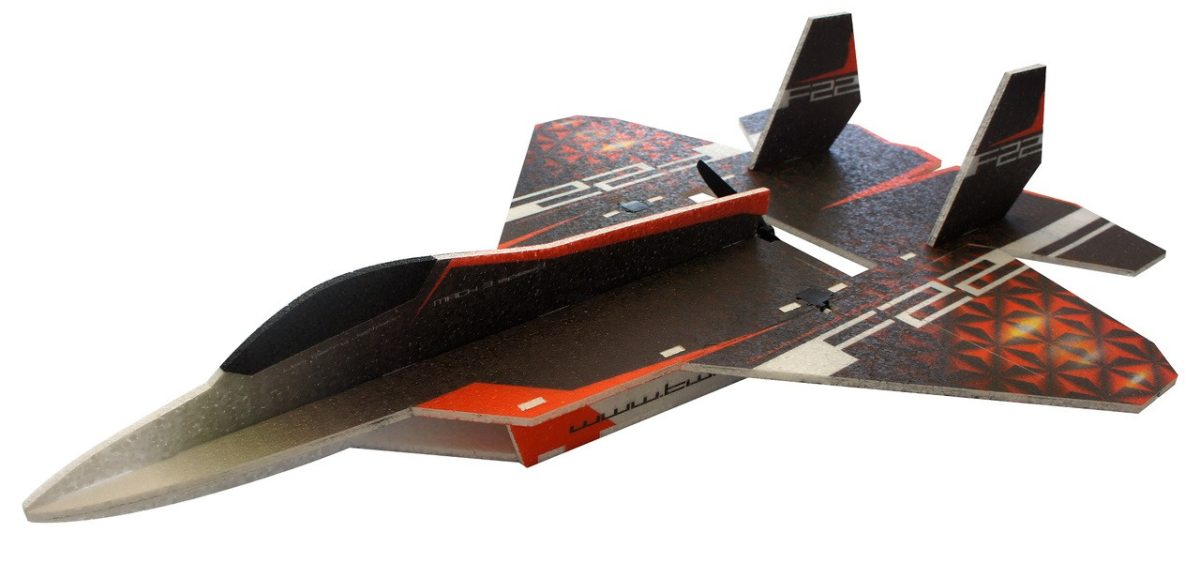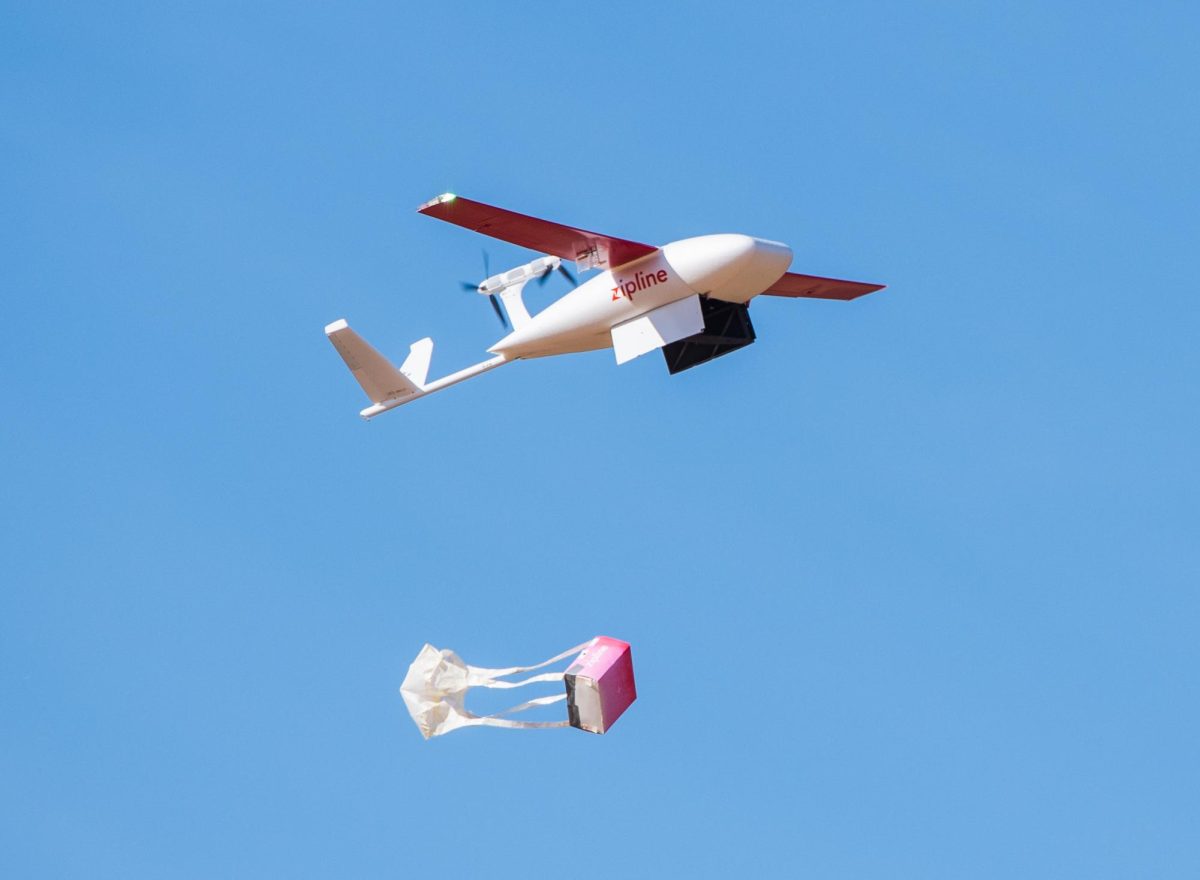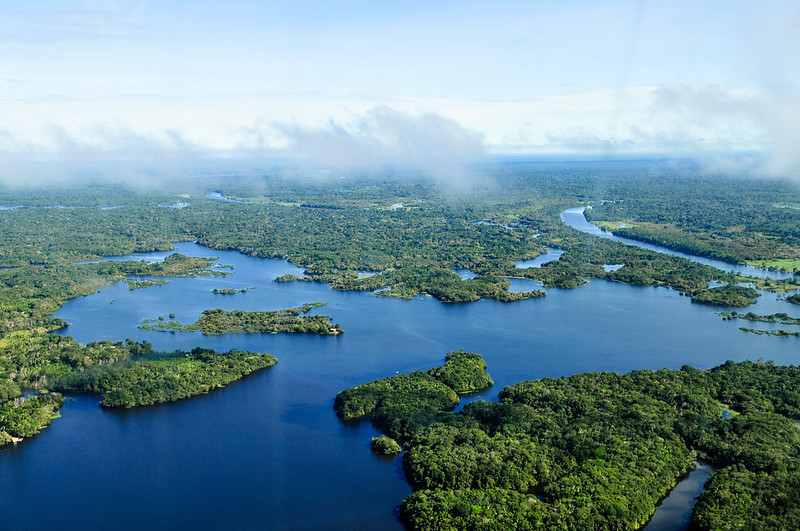Drones have moved quickly from hobby gadgets to tools that shape daily life, public safety, entertainment, and the development of mobile technology. Small, affordable unmanned flying vehicles carry cameras, sensors, and sometimes packages. Larger systems of drones perform specialized tasks in industry and defense. Because they can reach places people can’t, collect data quickly, and operate without putting pilots at risk, drones are changing how businesses, communities, and governments solve problems. This article looks at four broad ways drones help society; delivery, military uses, entertainment, and the evolution of mobile and cutting-edge technologies and explains why those uses matter for the future.
One of the most common citizen uses of drones is delivery. Companies that have tested and deployed delivery drones emphasize speed and cost savings for small, time-sensitive items. Commercial operators can fly short routes to deliver small packages in minutes, reduce road traffic, and reach customers where ground transport would be slow or expensive. Recent trials show both the promise and the practical challenges regulators and companies respond quickly to when incidents occur, services may pause for investigations before resuming with new safety measures. Overall, when carefully regulated and monitored, delivery drones can make transportation of items faster and reduce the number of delivery vehicles on the road.
From civilian delivery to national defense, drones are also reshaping military operations. Modern militaries use a wide range of unmanned systems for investigation, statistics, and, when required, striking enemy bases. These developments show how drones reduce risk to human life in dangerous missions while also creating new requirements for policy, maintenance, and counter-drone defenses.
Drones have also become a creative platform for public entertainment and art. Synchronized “drone light shows” now substitute for fireworks in some cities, offering quieter, reusable, and programmable sky displays that form images, words, and animations above crowds. Major events and record-setting shows, including displays with thousands of synchronized units demonstrate drones’ ability to combine technology and storytelling for large audiences. These entertainment uses highlight how drone fleets can be coordinated in real time, bringing engineering, dancing, and software together to create new forms of community spectacle that are safer and often more environmentally friendly than traditional technology.
Finally, drones are driving advances in mobile and edge computing technology. When drones carry cameras and sensors, they often need to process data immediately to navigate, detect objects, or alert human operators. That demand is accelerating development of AI at the edge, high speed communications (including 5G), and lightweight onboard processors so drones can analyze imagery and act in real time rather than relying solely on distant cloud servers. As drones and mobile networks converge, we should expect faster, smarter devices that cooperate with infrastructure (for example, handing off processing to local edge servers), improving autonomy and opening new applications in environmental monitoring, public safety, and mobile services.
Drones are not a magic solution, and they bring tradeoffs: privacy, airspace safety, regulatory complexity, and ethical questions about military use and automated decision making. Still, the evidence shows drones can increase convenience, efficiency, and safety when operators follow transparent regulations and invest in efficient and effective systems. Whether delivering a textbook, surveying a crash site, lighting up a holiday sky, or running AI-powered sensing near the network edge, drones are already shaping a future where people can do more while exposing fewer people to danger. As schools, cities, and companies experiment responsibly, students will be part of designing the rules and technologies that steer drones toward public benefit.
Works Cited
Duangsuwan, S., & Prapruetdee, P. (2024). Drone-enabled AI edge computing and 5G communication network for real-time coastal litter detection. https://www.mdpi.com/2504-446X/8/12/750
Korosec, K. (2025, October 2). Amazon to resume drone delivery following crash in Arizona. https://techcrunch.com/2025/10/02/amazon-to-resume-drone-delivery-following-crash-in-arizona/
Park, A. (2025, October 14). Army pilot program aims to produce thousands of drones by next fall. https://www.nationaldefensemagazine.org/articles/2025/10/14/ausa-news-armys-skyfoundry-to-produce-drones-by-next-fall
Reuters. (2025, October 2). NTSB, FAA to probe crashes of two Amazon delivery drones. https://www.reuters.com/business/retail-consumer/ntsb-faa-probe-crashes-two-amazon-delivery-drones-2025-10-02/
Grizzly Global. (2025, July 15). Grizzly Entertainment drone shows light up the U.S. on the 4th of July. https://grizzlyglobal.net/drone-light-shows/4th-july-drone-light-shows-2025/













